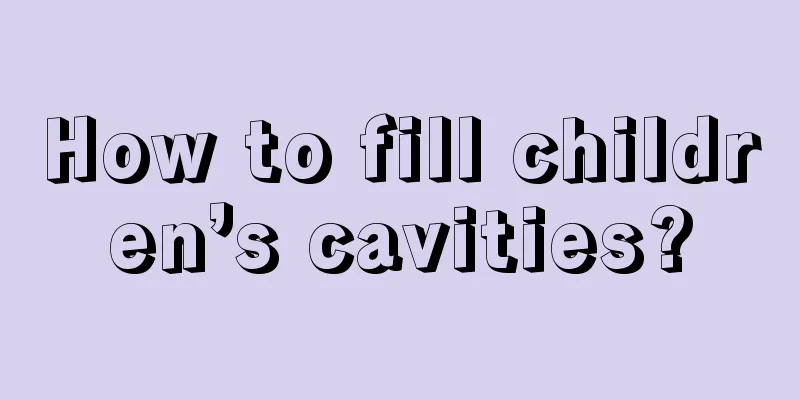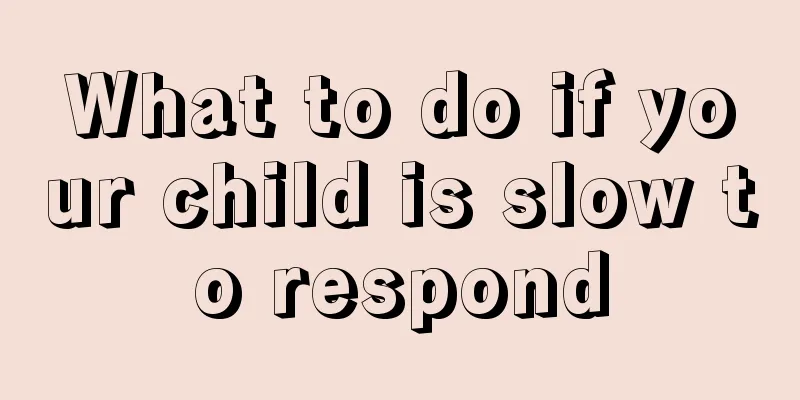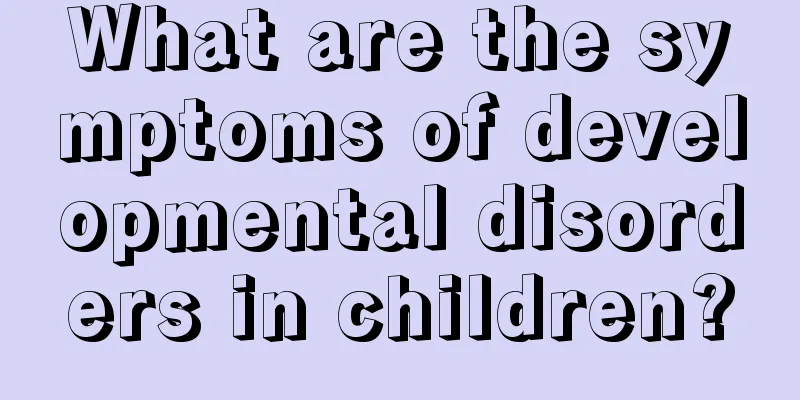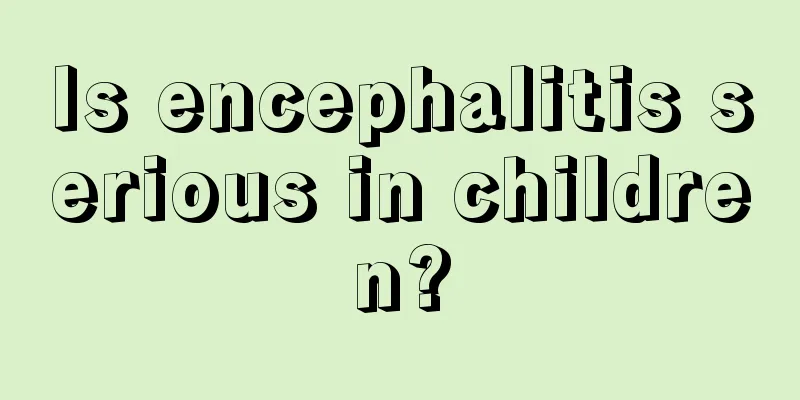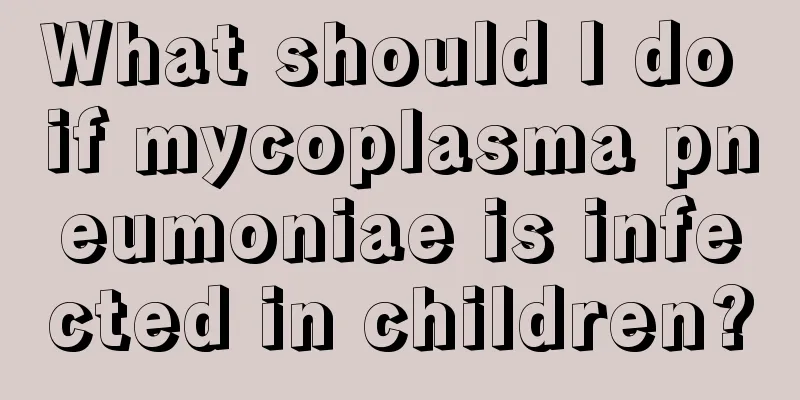The child fell on the back of his head and had a headache. What happened?
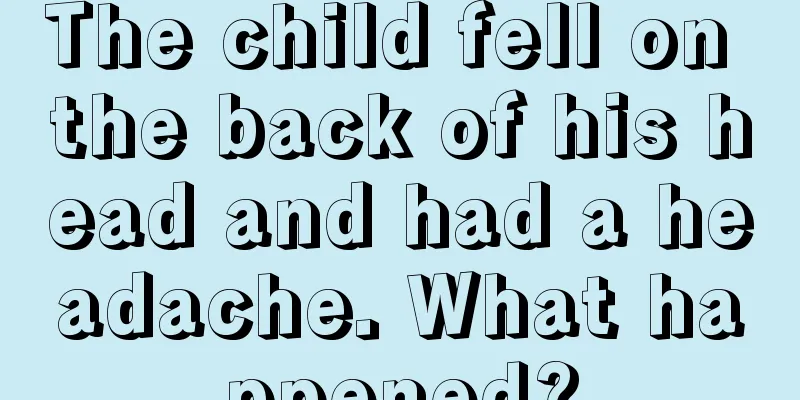
|
Everyone will fall down during the process of growing up, especially children. It is normal to bump into things, but if they hit their head, parents should pay attention to observe their children's situation. If you only experience a headache at the time, it may be just a superficial injury. However, if it is accompanied by dizziness, nausea, and vomiting, you need to consider it as a concussion and go to the hospital for treatment. Let’s learn about the symptoms of concussion and rule it out or get treatment as soon as possible. Concussion refers to a brief brain dysfunction that occurs immediately after a blow to the head. There is no obvious change in pathological changes, and the mechanism of occurrence is still under debate. The clinical manifestations include transient coma, retrograde amnesia, headache, nausea and vomiting, and no positive signs are found in neurological examination. It is the mildest type of brain injury and can usually be cured with treatment. It can occur alone or in combination with other craniocerebral injuries such as intracranial hematoma, and attention should be paid to making a differential diagnosis in a timely manner. Clinical manifestations 1. Disturbance of consciousness: It is mild and short-lived, lasting as short as a few seconds or minutes, but not more than half an hour. 2. Recent amnesia: After waking up, the individual cannot recall the circumstances and process of the injury, but can clearly recall events before the injury. 3. Other symptoms: headache, dizziness, nausea, anorexia, vomiting, tinnitus, insomnia, photophobia, inattention and slow reaction. 4. There are no positive signs in neurological examination. Four inspections Lumbar puncture showed normal intracranial pressure, and some patients had decreased intracranial pressure. The cerebrospinal fluid is colorless and transparent, does not contain blood, and the white blood cell count is normal. Biochemical tests are mostly within the normal range, and some may reveal a significant increase in acetylcholine content, a decrease in cholesterase activity, and an increase in potassium ion concentration. 1. Skull X-ray No fractures were found. 2. Brain CT scan There were no obvious abnormal changes in the skull and brain. 3. Electroencephalogram The EEG is usually normal several months after the injury. 4. Cerebral blood flow examination There may be a decrease in cerebral blood flow in the early stage after injury. |
<<: The difference between a child's fever and headache and encephalitis
>>: Why do children have runny noses?
Recommend
How to eat egg yolk for six months baby
Newborn babies only need to drink milk, but when ...
What to do when your 2-year-old baby is in the rebellious period
As the baby grows up, mothers will sigh that the ...
Baby sweating while feeding
Various problems will arise in every stage of a b...
What happens when children have respiratory infections?
Many children are prone to illness when they are ...
What medicine to use for hand, foot and mouth disease
When a baby is diagnosed with hand, foot and mout...
TCM treatment for children's cough
Generally in autumn, the temperature difference b...
What should children eat when they have a cough and runny nose?
Children coughing and runny nose is a phenomenon ...
Why does the child have no hair on the back of his head?
Many parents are always worried about their child...
Can neonatal rickets be cured?
Neonatal rickets is a relatively common disease. ...
What to do if your child suddenly has a high fever
When the weather changes drastically, parents mus...
What is good to drink to grow taller?
Height is very important for boys. Even if a boy ...
What should children with kidney deficiency eat?
Kidney deficiency is a common phenomenon in daily...
What are the methods of postpartum care and newborn care?
Now more and more people pay attention to their h...
What eye drops should be used for conjunctivitis in children
Conjunctivitis is a very common disease in daily ...
What to eat when your baby has a fever
In the eyes of many parents, a child’s fever is t...

